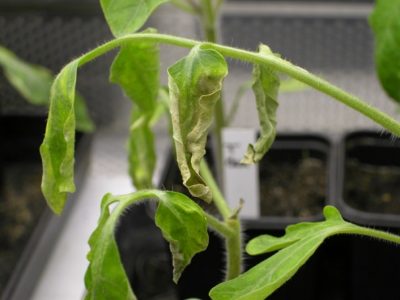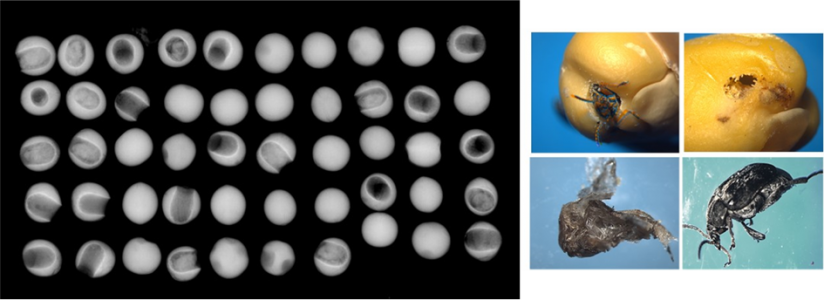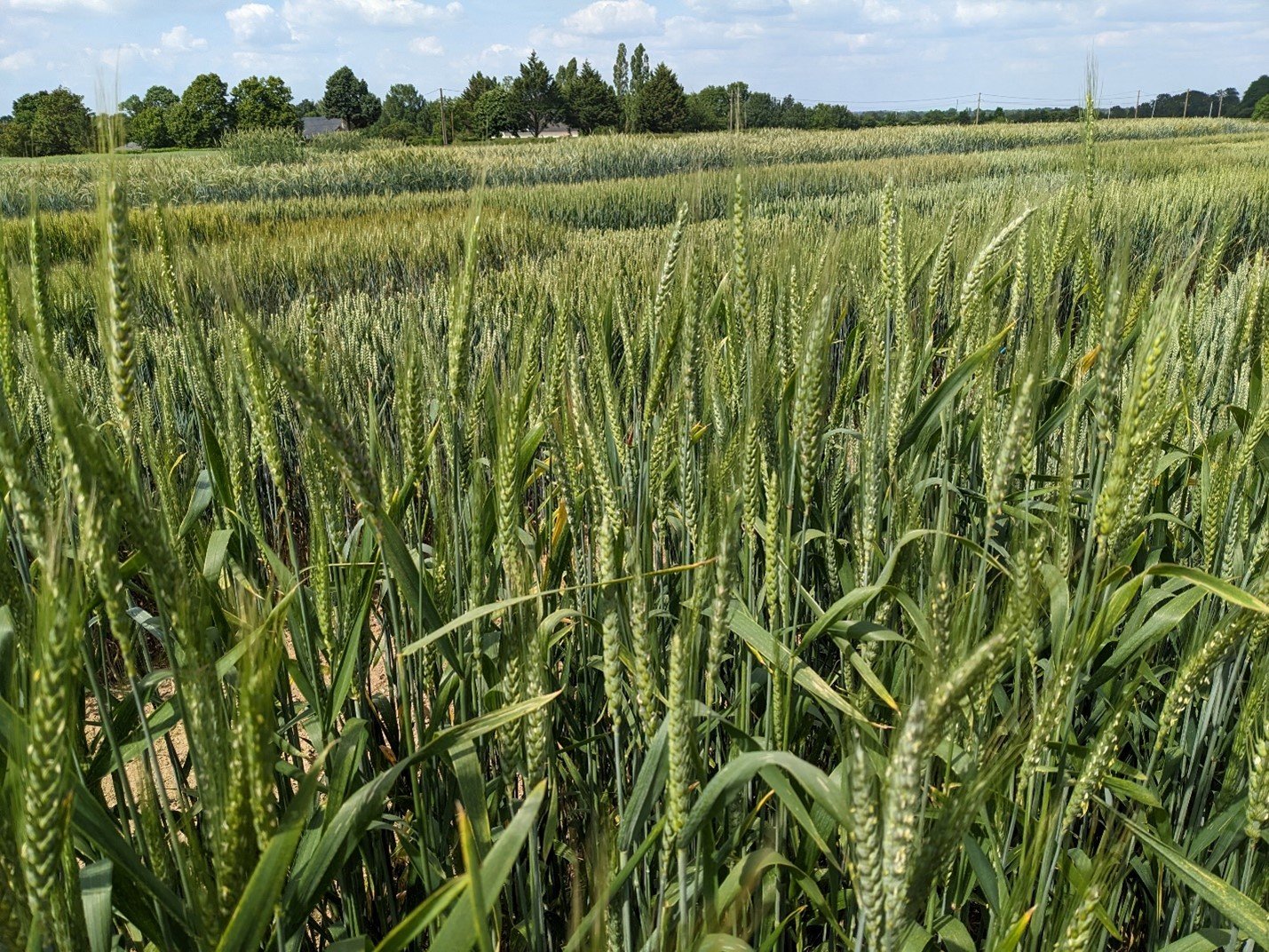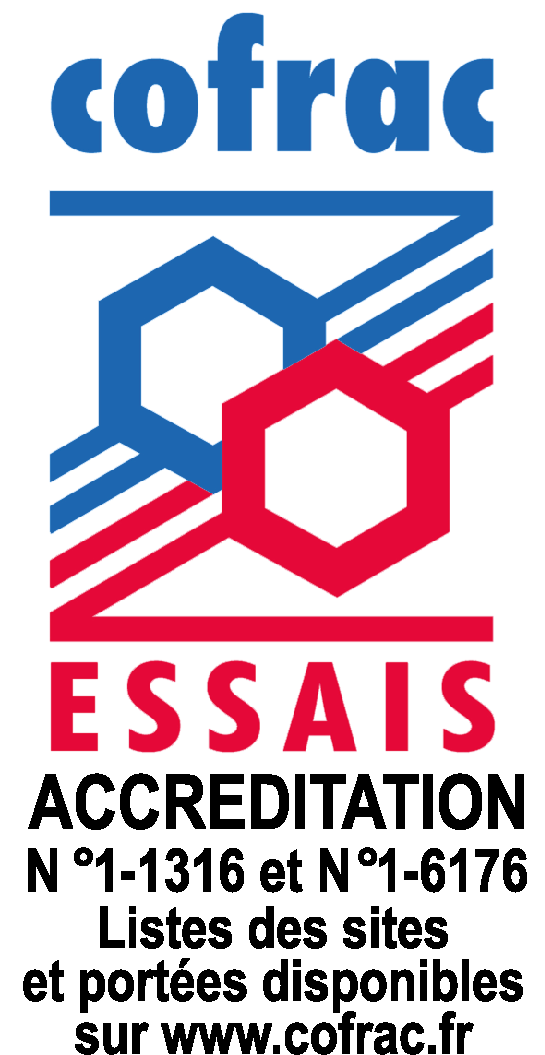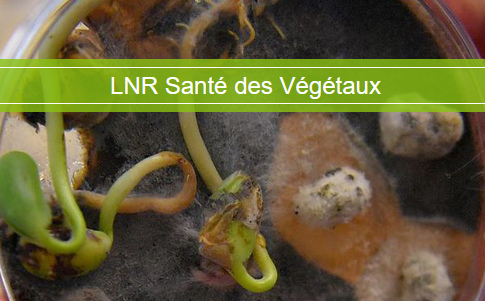
GEVES deploys its work plan for NRL Plant Health
In October 2020, GEVES was designated NRL for Plant Health on Regulated Non-Quarantine Organisms (RNQ) for seeds matrix, strawberry set, asparagus claws and Allium genus bulbs, by the Ministry of Agriculture. The “Pathogen Detection Technical Unit” is in charge of this new mandate, including 3 laboratories: SNES Pathology (Seed Health), SNES Physical Analysis and BioGEVES. The mandate contains 56 lines of analysis for 34 pests. After prioritisation, the 2020-2023 work plan is being deployed.
 A Plant Health NRL project manager has been recruited in the SNES’ Pathology laboratory. Justine Foucher (see photo), a former PhD student at IRHS in Angers, will work in particular this year on drafting official GEVES methods for Clavibacter michiganensis subsp. michiganensis (Cmm) on tomato (see photo below) and Xanthomonas on bean. She will take over the validation of several methods : Phomopsis complex detection on soybean, detection on Botrytis cinerea on Helianthus annuus, detection on 5 pests/Linum usitatissimum. The SNES Physical Analysis Laboratory will work on the validation of the detection method of Weevil (see pictures below) and will explore other techniques in the framework of a project co-funded by ISTA. The BioGEVES laboratory will transfer the detection method of Plasmopara halstedii on sunflower. The Unit has also validated an improved filtration for the detection of Ditylenchus dipsaci nematodes on alfalfa for morphobiometric and SE-PCR analyses.
A Plant Health NRL project manager has been recruited in the SNES’ Pathology laboratory. Justine Foucher (see photo), a former PhD student at IRHS in Angers, will work in particular this year on drafting official GEVES methods for Clavibacter michiganensis subsp. michiganensis (Cmm) on tomato (see photo below) and Xanthomonas on bean. She will take over the validation of several methods : Phomopsis complex detection on soybean, detection on Botrytis cinerea on Helianthus annuus, detection on 5 pests/Linum usitatissimum. The SNES Physical Analysis Laboratory will work on the validation of the detection method of Weevil (see pictures below) and will explore other techniques in the framework of a project co-funded by ISTA. The BioGEVES laboratory will transfer the detection method of Plasmopara halstedii on sunflower. The Unit has also validated an improved filtration for the detection of Ditylenchus dipsaci nematodes on alfalfa for morphobiometric and SE-PCR analyses.
GEVES is organising four inter-laboratory comparisons (ILC) in 2021 (more details available here) including an ILC for the detection of Ditylenchus dipsaci on alfalfa using morphobiometric analysis within the framework of the supervision of Ministry approved laboratories. The GEVES ILCs are also open to laboratories from the entire seed sector.
All official methods are available here (French versions only)
